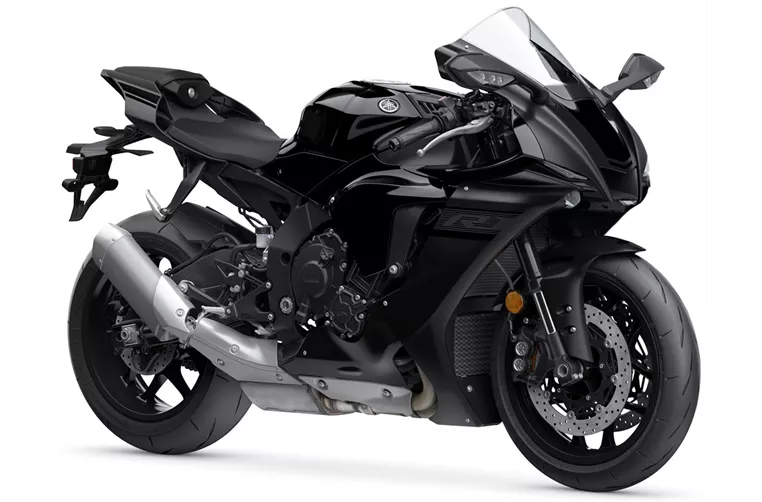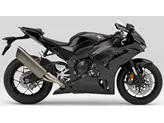Kawasaki Ninja ZX-10R 2016 vs. Yamaha R1 2020

Kawasaki Ninja ZX-10R 2016
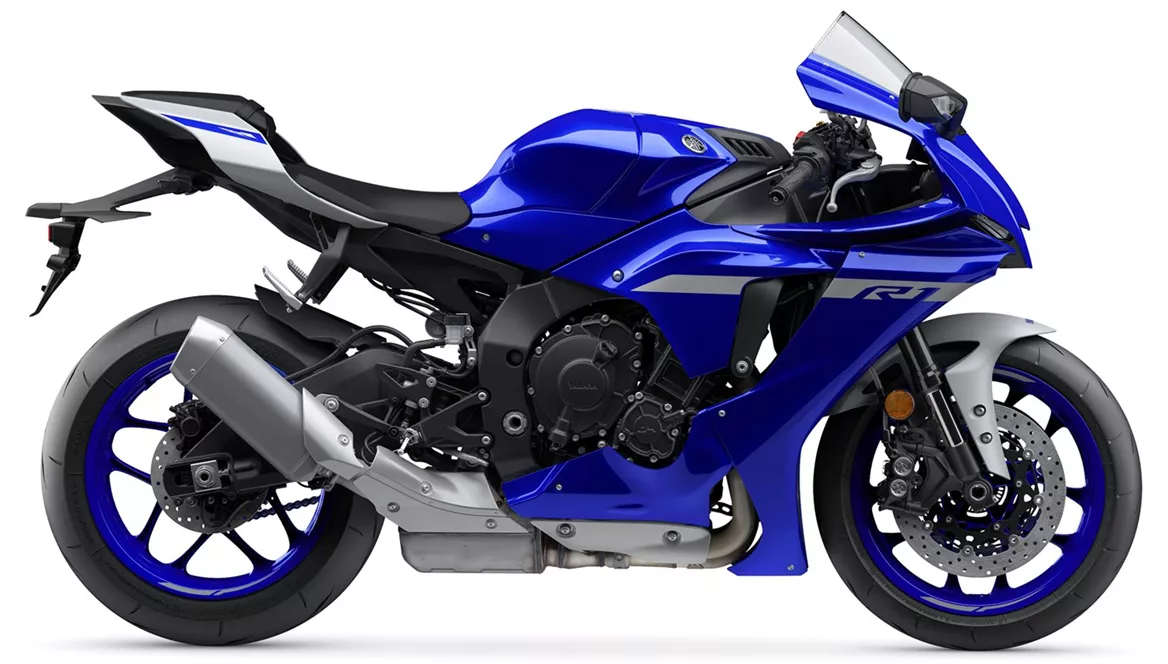
Yamaha R1 2020
Visão geral - Kawasaki Ninja ZX-10R 2016 vs Yamaha R1 2020
The Kawasaki Ninja ZX-10R 2016 and the Yamaha R1 2020 are both high-performance supersport motorcycles with similar technical specifications.
In terms of engine and power, both bikes have a 998cc displacement, four cylinders, and a compression ratio of 13. The Kawasaki Ninja ZX-10R 2016 has a bore of 76mm and a stroke of 55mm, producing a power output of 200.1 HP and a torque of 114.3 Nm. On the other hand, the Yamaha R1 2020 has a slightly larger bore of 79mm and a shorter stroke of 50.9mm, resulting in a power output of 200 HP and a torque of 112.4 Nm.

Kawasaki Ninja ZX-10R 2016
Both motorcycles feature a telescopic front suspension with upside-down forks and an aluminum frame chassis, providing excellent stability and handling. They also have dual-disc front brakes for efficient stopping power. The tire dimensions are the same for both bikes, with a width of 120mm at the front and 190mm at the rear, mounted on 17-inch wheels.
In terms of dimensions and weights, the Kawasaki Ninja ZX-10R 2016 has a wheelbase of 1415mm, a seat height of 813mm, and a fuel tank capacity of 17 liters. On the other hand, the Yamaha R1 2020 has a slightly shorter wheelbase of 1405mm and a higher seat height of 855mm. The fuel tank capacity remains the same at 17 liters.
When it comes to strengths, the Kawasaki Ninja ZX-10R 2016 is praised for its excellent chassis geometry, high-quality chassis components, impressive braking performance, and extensive onboard electronics. On the other hand, the Yamaha R1 2020 is known for its powerful engine, clean throttle response, excellent but non-intrusive sound, stable chassis, high-quality electronics, and overall premium feel.
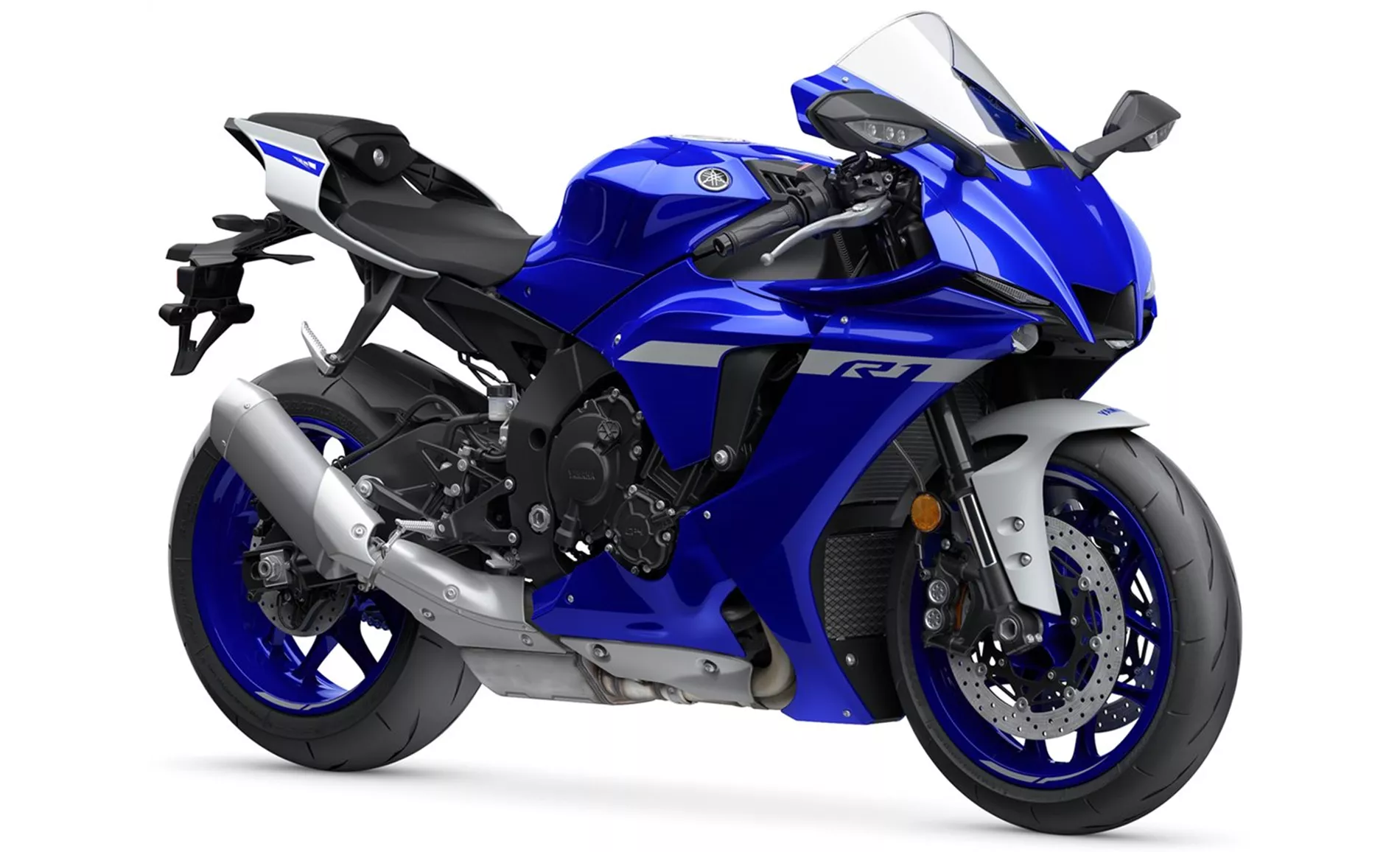
Yamaha R1 2020
However, the Kawasaki Ninja ZX-10R 2016 has a weakness in terms of its cockpit, which is not perfectly legible. On the other hand, the Yamaha R1 2020 has a weakness in its braking performance, which is not completely satisfactory on the racetrack.
In conclusion, both the Kawasaki Ninja ZX-10R 2016 and the Yamaha R1 2020 are impressive supersport motorcycles with similar technical specifications. While the Kawasaki Ninja ZX-10R 2016 excels in chassis geometry, high-quality components, and extensive electronics, the Yamaha R1 2020 stands out with its powerful engine, clean throttle response, and premium feel. However, the Kawasaki Ninja ZX-10R 2016 has a slight disadvantage in terms of cockpit legibility, while the Yamaha R1 2020 falls short in terms of racetrack braking performance.
Especificações técnicas Kawasaki Ninja ZX-10R 2016 em comparação com Yamaha R1 2020
Prós e contras em comparação
Prós e contras em comparação
Kawasaki Ninja ZX-10R 2016

A ZX-10R Ninja tem uma certa majestade, ao primeiro arranque parece muito estável, é preciso forçá-la um pouco no raio. Após algumas voltas, no entanto, este efeito transforma-se numa precisão incrível que permite uma linha precisa. O motor tornou-se agora visivelmente mais forte e faz da Kawa um pacote geral extremamente bom que pode agradar não apenas aos fãs obstinados da Kawasaki. O controle de tração no Kawa é particularmente positivo e regula muito sensivelmente. Até se pode ajustar o travão motor - por isso, não faltam certamente características electrónicas. A ZX-10R é a única superbike que já está em conformidade com a norma Euro4 em 2016!
Yamaha R1 2020
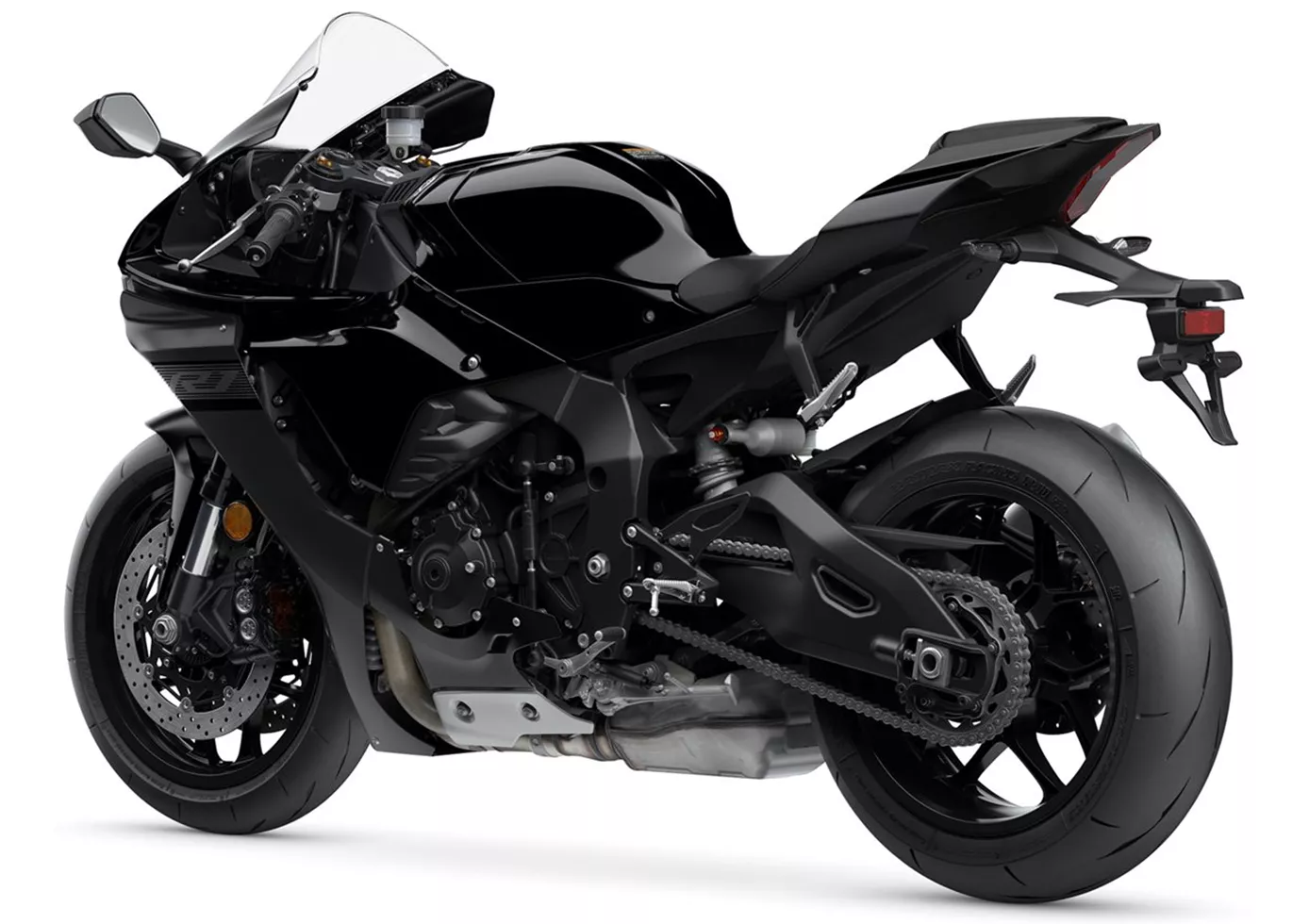
A Yamaha YZF-R1 está madura e faz a felicidade de inúmeros pilotos de pista. O motor brilha com leveza e agilidade, a posição do assento surpreende positivamente e o manuseio é radical, mas ainda "adequado para as massas". A máquina imediatamente se destaca visualmente e também por causa do som de aquecimento do coração. Especialmente na estrada rural, a moto pontua com os seus pontos fortes bem conhecidos: grande motor, grande eletrónica, grande pacote! Um verdadeiro prazer de conduzir!
Comparação de preços Preço médio de mercado Kawasaki Ninja ZX-10R vs Yamaha R1
There are a few key differences between a Kawasaki Ninja ZX-10R 2016 and a Yamaha R1 2020. In terms of price, the actual average price of a Yamaha R1 2020 is about 4% higher. A Kawasaki Ninja ZX-10R 2016 experiences a loss of 11.040 BRL in one year of ownership. This is offset by a loss of 8.290 BRL for a Yamaha R1 2020. Compared to Yamaha R1 2020 there are less Kawasaki Ninja ZX-10R 2016 bikes available on the 1000PS.de Marketplace, specifically 4 compared to 9. It takes less time to sell a Yamaha R1 with 86 days compared to 100 days for the Kawasaki Ninja ZX-10R. Since model year 2005 1000PS.de editors have written 51 reviews for the Kawasaki Ninja ZX-10R and 80 reviews for the Yamaha R1 since model year 2005. The first review for the Kawasaki Ninja ZX-10R was published on 11/01/2004 and now has more than 2.900 views. This compares to more than 3.900 views for the first review on Yamaha R1 published on 28/04/2003.

